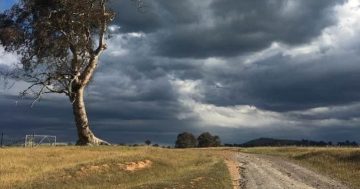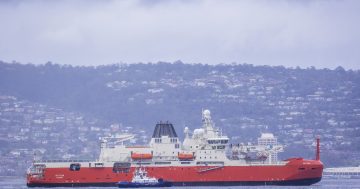 The Australian Antarctic Division (AAD) has reported on the past summer’s work of the Securing Antarctic Environmental Future (SAEF) Program team at what scientists have come to call ‘the Daintree of Antarctica’.
The Australian Antarctic Division (AAD) has reported on the past summer’s work of the Securing Antarctic Environmental Future (SAEF) Program team at what scientists have come to call ‘the Daintree of Antarctica’.
“Around the Casey Research Station lush, green, 400-year-old moss beds flourish, some centimetres high — the tallest old-growth forests in Antarctica, thriving in ice-free real estate supercharged by nutrients and water from ice melt,” the Division said in a statement.
“For the past 25 years, Sharon Robinson from the University of Wollongong has visited the site to understand the ecological roles played by moss,” it said.
Professor Robinson said that when she last visited in 2013, the samples collected showed that the Windmill Islands region near Casey Station was becoming drier.
“The health of the moss beds was declining and a species of moss that prefers drier conditions was more abundant than in the past,” she said.
Professor Robinson’s team located 25-square-centimetre ‘quadrats’ — the exact same spots under examination since 2003.
Researcher at the University of Wollongong, Krystal Randall said the team took samples to determine species and health, while sponges were used to check on moisture.
“We also inserted some different sensors, which we call ‘micro-climate spears’ with a pointy end that gets inserted into the soil,” Ms Randall said.
“These probes measure soil temperature, soil moisture, ground surface temperature and air temperature near the ground,” she said.
Ms Randall said the team’s efforts would help piece together a bigger picture of what was happening to the moss and why.
The Researcher said the team had yet to reach any conclusions from the field work, but there were some early signs.
“One thing we did see immediately was that one of our quadrats had lost half its moss cover since 2013,” she said.
“We hypothesised that this might have happened two years ago following the heatwave at Casey.”
Professor Robinson said the tiny plants had been growing there for hundreds of years “recording the environment around them, as well as what humans are doing across the rest of the globe”.




